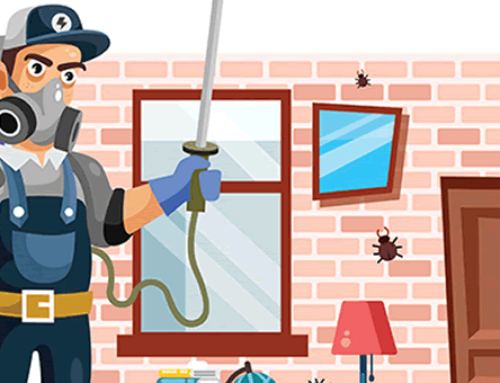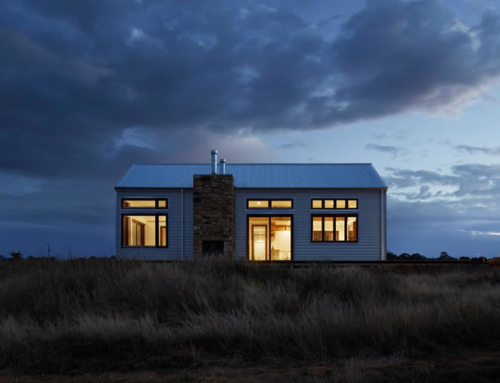
First, the Facts on Rabbit Activity in Summer
Rabbits tend to be active in the early morning and late afternoon. They spend a large amount of time resting or hiding during the day. Like humans, they physically struggle when temperatures get hot. Most studies have shown that temperatures in excess of 85° F can cause heat stress or strokes in rabbits.
In drought conditions, rabbits are inclined to consume large amounts of grass. Because of the shortage of water in drought conditions, rabbits will seek alternative options. As it turns out, one alternative is grass because grass is made up of 85% water.
The problem with rabbits can quickly escalate. Rabbits breed from mid-February through late summer. After becoming pregnant, it takes about 30 days to have a litter of 4 to 8 babies. Within 21 days or so, these babies are fully weaned and will start eating on your lawn.
Rabbits will not wander further than 200-300 yards from their burrow. Because of this fact, it’s entirely possible for a litter of rabbits to be born on your property and to never stray from or leave it for their entire life.
The combination of these rabbit facts with summer heat stress creates a dangerous cocktail of more damage and longer recovery times for grass.
Three Options to Prevent Rabbit Damage
You’re not completely powerless in this battle. One option is to apply repellents like Animal Stoppers. Products like this one claim to last up to 30 days to keep rabbits away from the lawn. You can also help by removing any droppings left behind. They use their droppings as a signpost for safe eating areas. Lastly, you can plant a decoy garden with things like radishes, carrots, and green lettuce (like romaine). As these food sources are more attractive to rabbits, it will lead them away from the parts of the lawn you are struggling to keep healthy.
As a lawn care company, we see the effects of rabbit damage on summer lawns more than we would like. If left unchecked, these fluffy nuisances can leave an already struggling lawn in disarray. On the other hand, with the use of repellents and other environmental changes you can get the upper hand in the battle for your lawn.
Further Reading: Animal Stoppers | Understand Rabbit Behavior | TPWD: Rabbits and Hares | WILD ABOUT TEXAS: Cottontails tend to be solitary | Eastern Cottontail Rabbit






